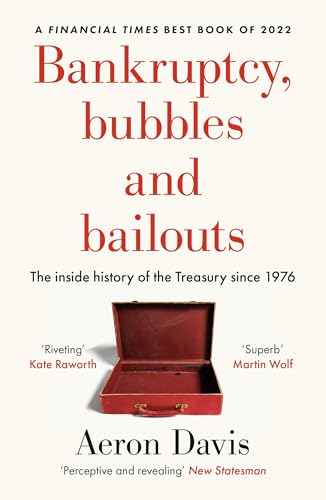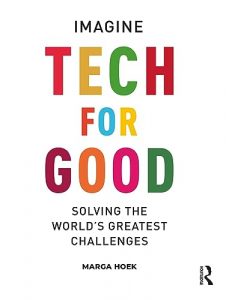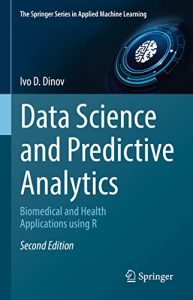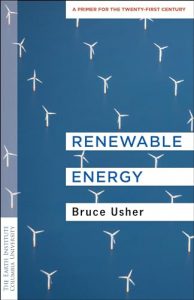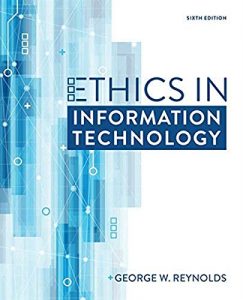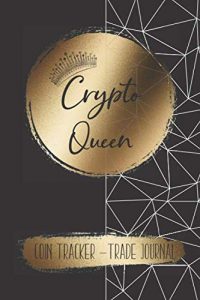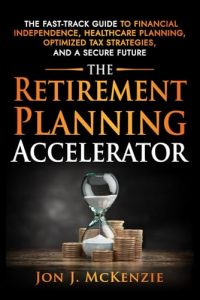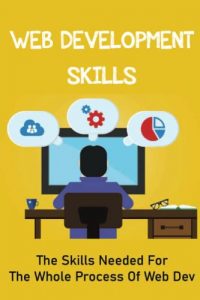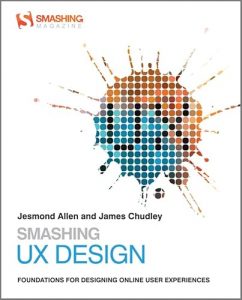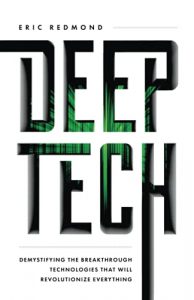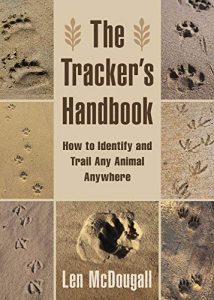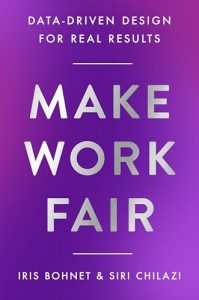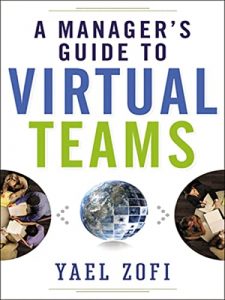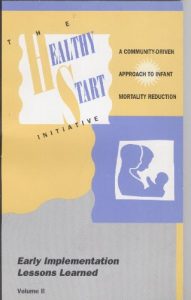1. Bankruptcy, Bubbles and Bailouts: The Inside History of the Treasury since 1976
Authored by Aeron Davis, this enlightening book presents a detailed narrative of the Treasury’s various interventions in the economy through the years. It dives deep into the turbulent periods marked by financial distress, revealing how government actions have shaped economic climates. Through concise, compelling prose, Davis discusses critical moments that have defined America’s financial landscape, offering readers a front-row seat to the inner workings of economic policy making. For anyone wanting to understand the complex relationship between government and finance, this book is indispensable.

2. Origins of the Crash: The Great Bubble and Its Undoing
Written by Roger Lowenstein, this book dissects the factors leading up to the financial crash that rocked the markets. Lowenstein uses a narrative that intertwines deep analysis with accessible storytelling, presenting the rise and fall of the bubble in a way that captivates and educates. He examines pivotal moments and decisions, revealing the intricate web of causes and effects that led to economic collapse. This is a must-read for those seeking a comprehensive understanding of market dynamics and the fragility of economic systems.

3. Political Bubbles: Financial Crises and the Failure of American Democracy
Nolan McCarty, Keith T. Poole, and Howard Rosenthal collaborate in this probing examination of how political forces contribute to financial instability. They delve into the intersection of economic theory and democratic failures, showing how misguided policies and political conflicts can lead to economic bubbles. This book is a crucial read for those who wish to grasp the profound implications of politics on financial systems and the reasons crises recur despite warning signs. McCarty and his co-authors present a compelling case that will resonate with policymakers and voters alike.

4. Zombie Economics: How Dead Ideas Still Walk among Us
John Quiggin presents a thought-provoking exploration of economic theories that refuse to die even in the face of contradictory evidence. He argues that persistent ideas influence policy and public perception, often to the detriment of effective economic management. Quiggin’s engaging writing reveals how flawed concepts can remain influential long after their relevance has diminished. This book is vital for anyone interested in the evolution of economic thought and how it impacts real-world policy decisions, making it a crucial addition to the library of economists and academics alike.

5. The Great American Housing Bubble: The Road to Collapse
Robert M. Hardaway provides a meticulous account of the housing bubble that brought the American economy to its knees. He combines historical context with analytical insights to illustrate how the housing market became a speculative entity and ultimately collapsed. Hardaway’s clear narrative and critical examination empower readers to understand the underlying issues that led to this significant economic event, making it a crucial resource for both real estate professionals and the general public interested in housing market dynamics.

6. Failure by Design: The Story Behind America’s Broken Economy
In this insightful book, Josh Bivens and Lawrence Mishel uncover the structural problems that have contributed to America’s economic difficulties. They argue that the failures are not just accidents but the results of deliberate policy decisions and a misguided economic agenda. Their well-researched analysis provides a clear understanding of economic concepts for readers who may not have a finance background. This book is imperative for anyone looking to grasp the complexities of America’s economic challenges today.

7. Post-Bubble Blues: How Japan Responded to Asset Price Collapse
Authors Tamim Bayoumi and Charles Collyns present a profound analysis of Japan’s economic response following its asset bubble collapse. By examining the policies employed and their efficacy, this book provides valuable lessons for current and future economic policy design around the world. It highlights the importance of appropriate governmental intervention in mitigating the fallout of financial crises. This book is essential for anyone keen on understanding global financial systems and the manner in which countries adapt to economic shocks.

8. Credit and Debt in Eighteenth-Century England
Alexander Wakelam takes readers back in time with a detailed exploration of credit and debt during a pivotal period in English history. This book is rich with historical contexts, making it relevant not just for historians but also for economists who wish to analyze the roots of today’s credit systems. Wakelam’s comprehensive study offers insights into how historical practices shape modern economic realities, making it a significant contribution to the field of economic and social history.


